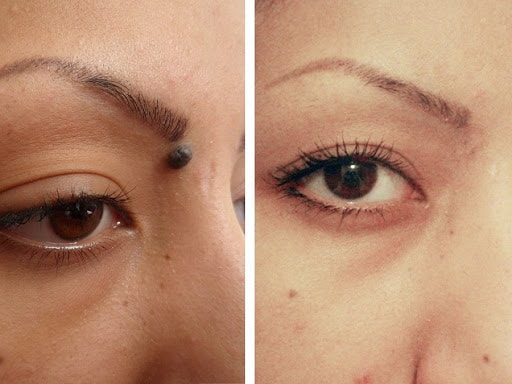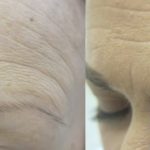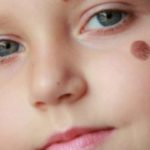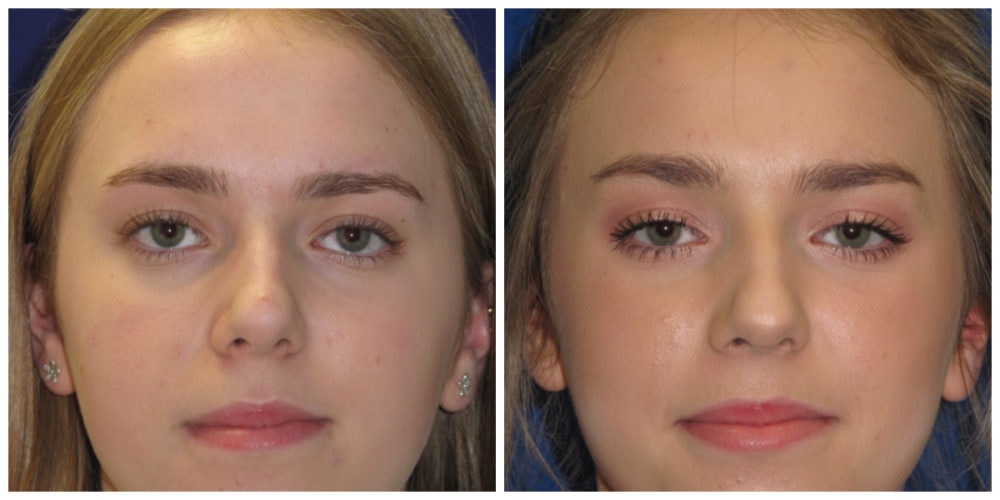There are several methods used during a mole removal procedure. There are invasive ( surgical ) and non-invasive ( non-surgical ) procedures and they are all performed in different ways. Since there are different types of moles and removal methods, healing after mole removal procedures may also be different accordingly.
Invasive methods, shaving, and cutting are the most performed mole removal procedures in the world. Bigger moles and birthmarks can only be removed perfectly with invasive techniques. And most people who would like to get a mole removal procedure are those with huge moles and birthmarks. Other types of moles that are located on the surface of the skin generally don’t have deeper roots and don’t also require an invasive method to remove them.
Invasive Mole Removal Healing
If you have decided to get an invasive mole removal procedure, the first thing you should consider is that the surgical areas will definitely leave scars. These scars can be visible depending on the color of your skin. However, it may depend on how skillful your surgeon is.
If you are okay with scarrings, the most important thing you have to do is avoid sunlight. Because sunlight has ultraviolet rays which may leave worse scarrings. In order to recover from your wounds without additional scarrings, you should at least cover yourself from sunlight at least two weeks. In case you have to expose yourself to sunlight, it is for your best to apply a proper sunscreen on the surgical areas.
Despite it’s invasive, the mole removal procedure is the least complicated aesthetic surgery type. There may be light inflammation, itching, scratching, pain over the surgical areas but they are just normal and temporary. If you sense a possible infection risk ( typically severe swelling or bleeding ), you should immediately consult your doctor for additional treatment or prescription drugs.







